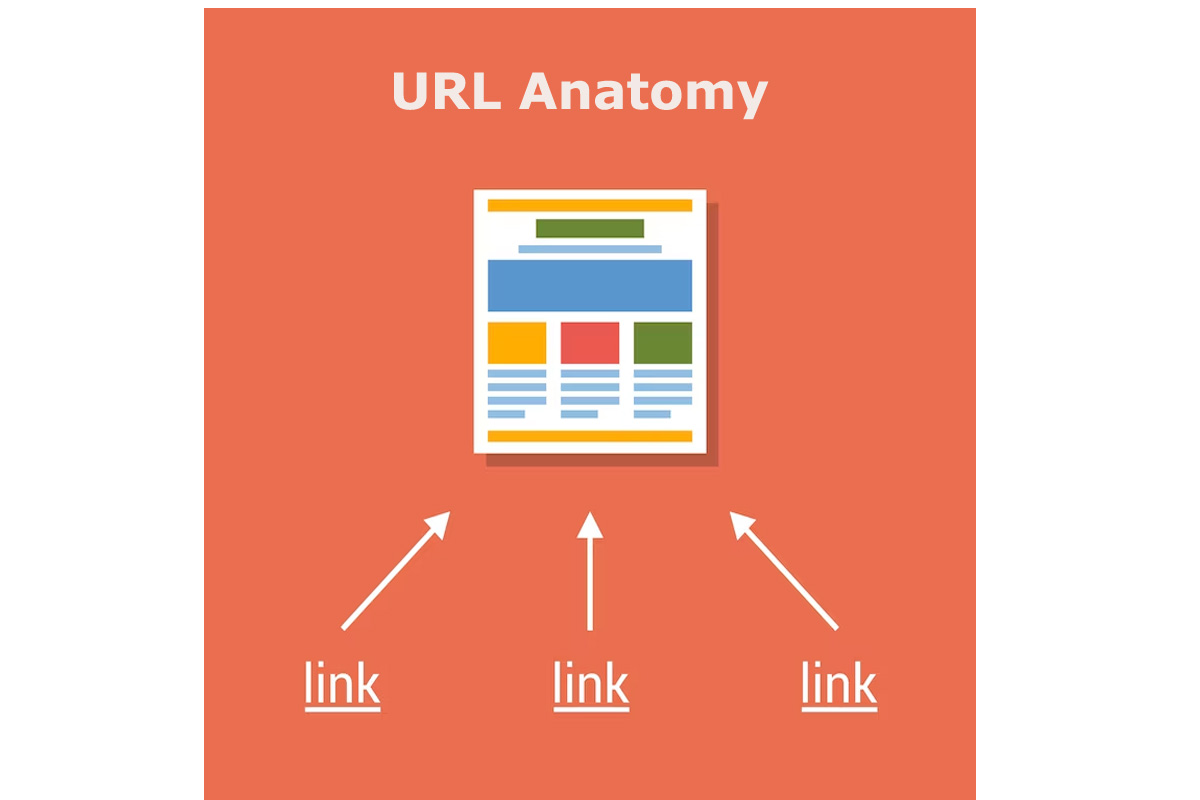URL Anatomy
The term “URL anatomy” refers to the structure and components of a Uniform Resource Locator (URL). A URL is a web address that is used to locate and access resources on the internet. It provides a way to specify a resource’s address and the protocol to retrieve it.
URL Anatomy will comprise ten parts: Top domain, subdomain, second level Domain, the scheme, parameter, path, query, fragment, port, and subdirectory. If the URL doesn’t contain all these parts, it will at least have 3-4 parts. If your website is like a house, the URL is like a house address. URL helps Google search engines to understand what your website is all about. Let us look at what URL anatomy is and its parts.
Different Parts of URL Anatomy
Top Level Domain: The top-level domain (TDL) is the unit you register for your website on the internet—for example, .com is the entity used worldwide, or .edu is particularly for educational websites and more. It will help your website or business stand out from others.
Subdomain: Since your website is like a house, a subdomain is a room in that house. A subdomain in the URL indicates a specific page of the website the browser should serve for. For example, the subdomain is the blogs on your website. Subdomains also bucket your website into its main content category and show more information on your website than just the homepage on Google.
Second Level Domain: The second level domain is the name of your website. It will help visitors understand what brand they are visiting.
The Scheme: The scheme, also known as the protocol, is the first part of a URL and specifies the method used to access the resource. Common examples include “http://” for Hypertext Transfer Protocol (HTTP) and “https://” for secure HTTP. It tells the browser to encrypt the information you enter into the page, for example, your passwords or personal details like your phone number or address.
Hence, cybercriminals won’t have access to it. You need to add it to your website and protect your visitors. This will also help your website rank better.
Sub Directory: It is also called a subfolder. This will help the visitors to understand specific sections on the web page. For example, https://www.howtoincreasedomainauthority.com/category/content-marketing/. In the above link, the subdirectory is “Content Marketing.” So the articles in this directory will be related to content marketing.
Other Five URL Anatomy Parts
Parameter: Parameters are the values that are queried during any search. This parameter could be a search term, number, or other data that can be found on a website. The URL anatomy consists of multiple parameters separated by the” =” equals sign.
Port: The port is an optional part of the URL and specifies the communication endpoint on the server for the requested resource. If not specified, the default port for the given protocol is used (e.g., port 80 for HTTP and port 443 for HTTPS).
Path: The path comes after the domain and any port specification. It represents the specific location or file on the web server that needs to be accessed. It is separated from the domain by a forward slash (/).
Query: Query is optional and follows a URL question mark (?). They pass additional information to the server, often as key-value pairs. The question mark shows that the specific query is made.
Fragment: The fragment identifier is an optional URL part after a hash (#). It points to a specific section within the resource being accessed. This is often used in HTML documents to indicate a particular location on the web page. It can direct to other sources like sidebar or footer.
Conclusion
In conclusion, understanding the anatomy of a URL is essential for anyone working with web technologies, such as web developers, network administrators, and even general internet users. A URL is an address used to locate resources on the internet, and it consists of several components that provide specific information to the web browser or client about how to access the desired resource.
By understanding the URL anatomy, individuals can better navigate the internet, access web pages and resources, and troubleshoot issues related to web addresses or resource locations. Additionally, web developers use URLs to build and structure websites, create links between pages, and implement various web functionalities. Overall, URL anatomy forms a fundamental part of web technology and plays a significant role in how we interact with the vast resources available on the internet.

